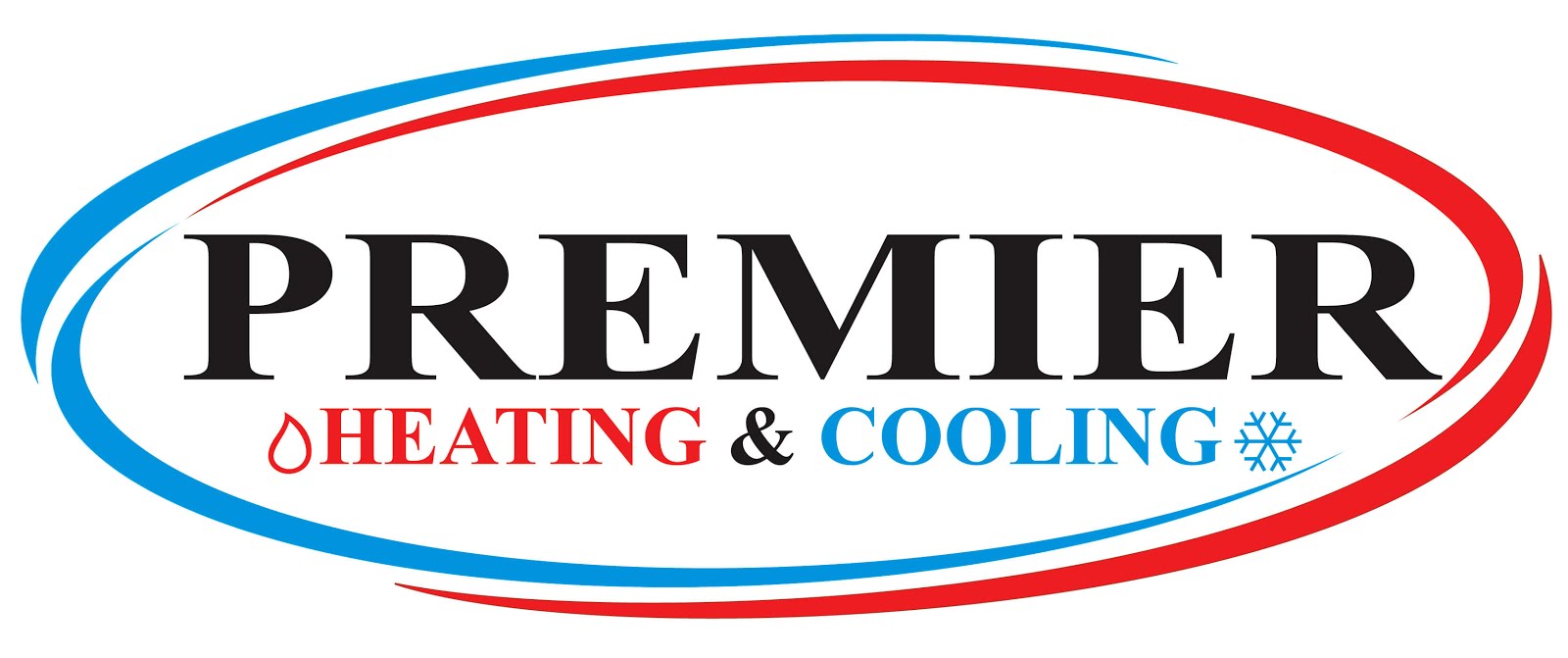What Are Your Furnace Filters Made From?
Furnace filters protect the intricate mechanisms of your HVAC system from getting dirty while also removing particles from indoor air. Manufacturers will use different materials to make them, including spun fibreglass, polyester, and cotton. The material often determines the rating of the filter, telling you how effective it will be! How Furnace Filter Ratings Work Every furnace filter has a Minimum Efficiency Reporting Values (MERV) rating. This is a scale from 1 to 20, and the higher the number, the better the furnace filter will be at removing particles from the air.Manufacturers will include the MERV rating on the packaging, and the homeowner has to make sure to check it before purchasing the filter. Avoid options that rate higher than your HVAC system’s recommended MERV rating. They will force your furnace to work much harder than it should! Now that you know what the MERV rating is, let’s examine the different materials used to make filters. Fibreglass Fibreglass filter
